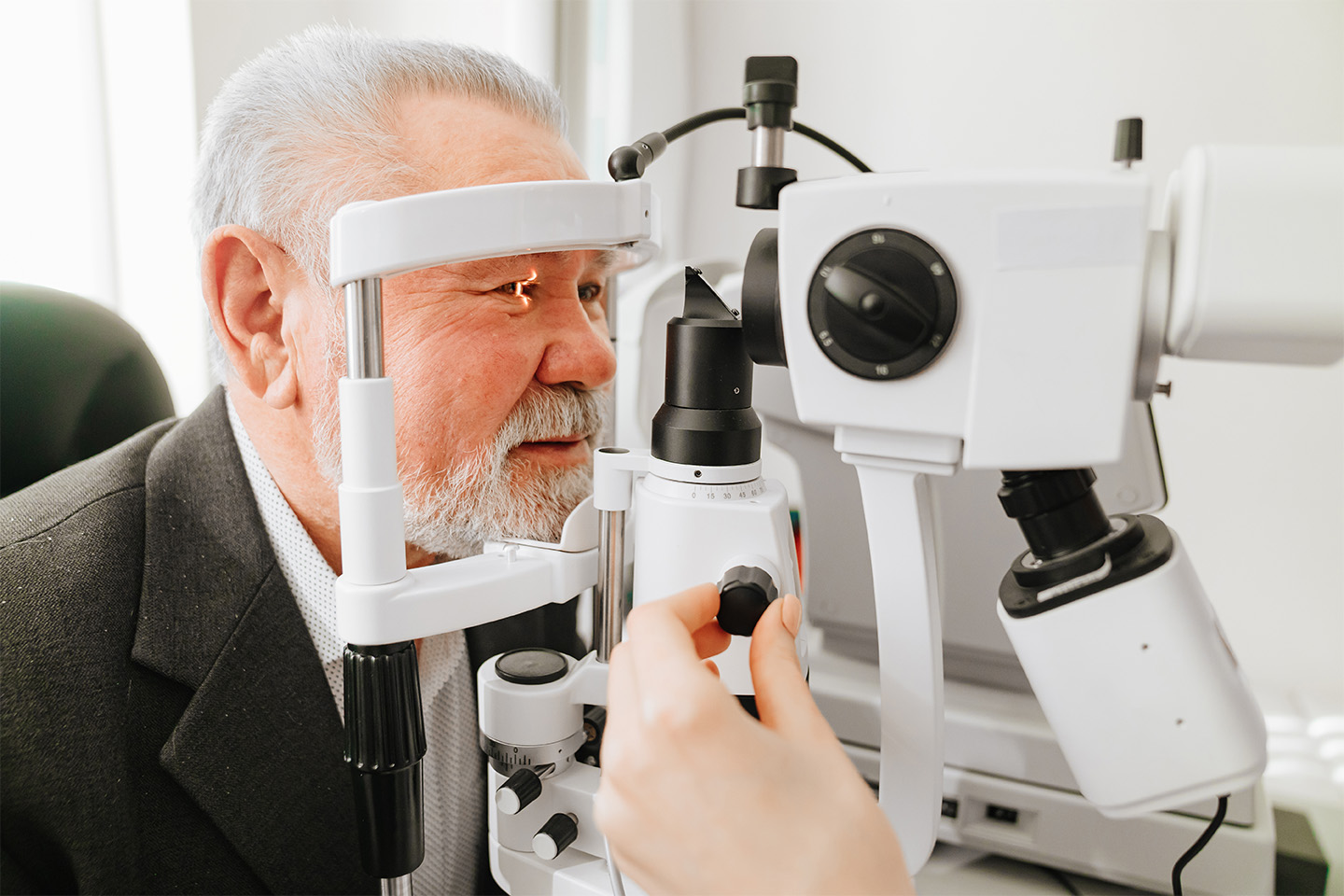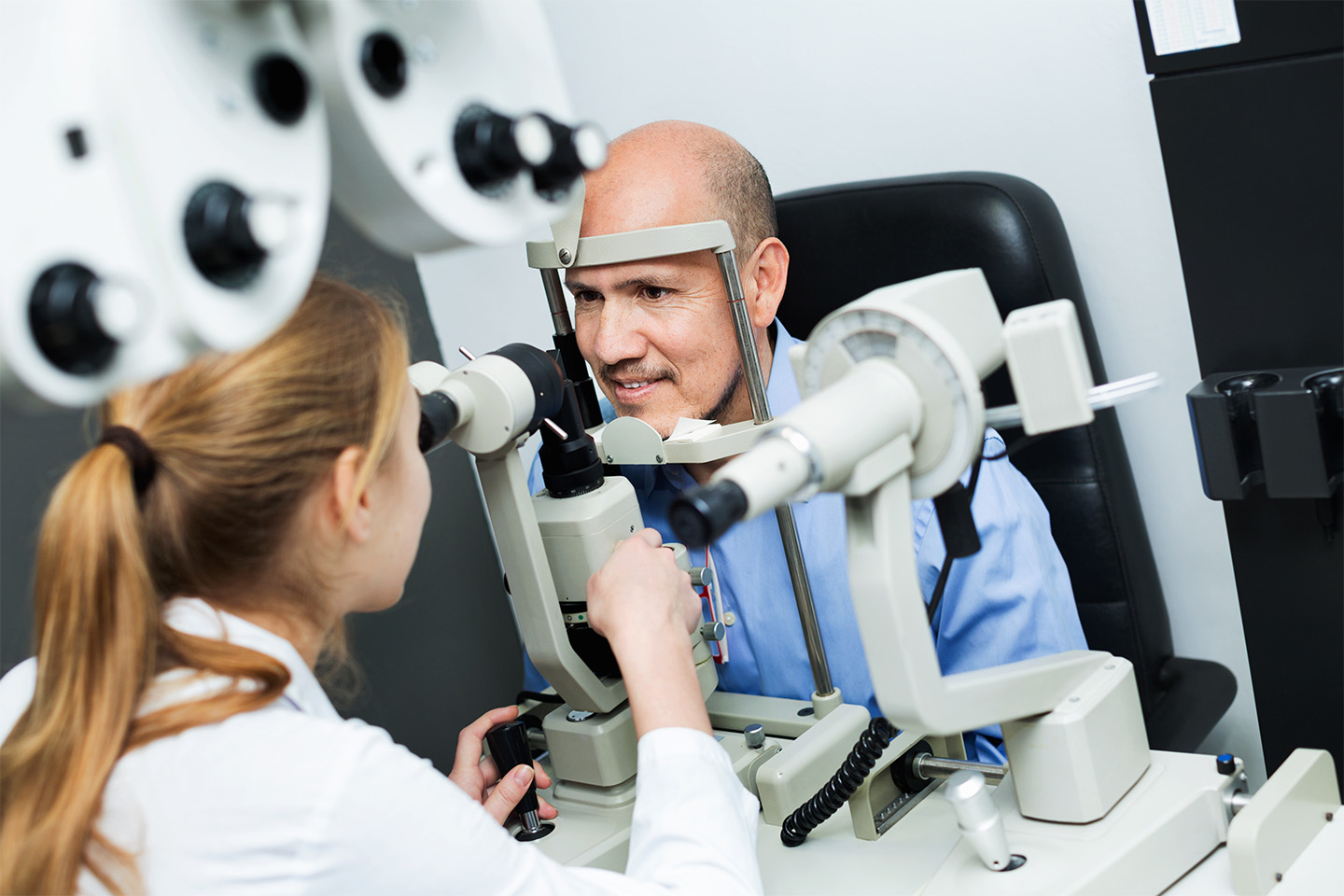A Guide to the Ins and Outs of Cataract Surgery

If you’re living with cataracts, surgery can offer a safe, affordable way to get back to the activities you love.
Cataracts aren’t just an inconvenience — they can have a major impact on the quality of your life. Many people find that their cataracts prevent them from participating in the activities that they love. Sadly, there’s no known way to prevent cataracts, and the only way to regain clear vision once they’re present is to undergo cataract surgery.
Fortunately, cataract surgery is a relatively safe, affordable, and effective procedure and patients who undergo the procedure experience a huge quality of life increase. If you’re interested in cataract surgery, here’s what you need to know.
The Basics of Cataract Surgery
While a cataract does need to be “removed,” it’s not a growth on the eye. Rather, it’s the yellow- or brown-tinted cloudiness that often develops on your eye’s lens with age, caused by an abnormal arrangement of natural proteins already present in the eye. As these proteins begin to gather together, they create a clouded effect and interfere with your vision.
In cataract surgery, your surgeon will replace the clouded lens in your eye with a clear artificial lens. Like LASIK, cataract surgery is an outpatient procedure, meaning that the patient will not have to stay overnight. The procedure is among the safest and most effective surgeries performed today; each year, over 3 million people undergo cataract surgery. It’s also covered under Medicare and most health insurance plans.
There are two types of cataract surgery: traditional and laser. The traditional method relies on blades or needles to create an incision in the eye, while the laser method uses a very small computer-controlled laser. At ICON Eyecare, we use the LenSx Cataract Laser to improve precision, the predictability of outcomes, and personalization.
If you choose to undergo cataract surgery, you can also choose between monofocal and multifocal lenses. A monofocal lens has a fixed focus for one distance, so either near focus, mid-distance focus, or distant focus. A multifocal lens allows you to see objects both near and far, which tends to be a better fit for patients with active lifestyles who participate in a variety of activities. Because cataract surgery is a one-time procedure, selecting the right lens ahead of time is critical.
Cataract Surgery Recovery
Typically, cataract surgery lasts only about 15 minutes, but plan to be at the surgical center for around two hours. That time will include dilation, administering preoperative medication, the surgery itself, and post-operative instructions and evaluation. You shouldn’t attempt to drive home after cataract surgery, so make sure to bring someone with you. You’ll have a follow-up checkup with your doctor the day after surgery, and he or she will confirm that you are safe to drive at that appointment.
In the first days or weeks after the procedure, you may experience some blurred vision and eye redness. You should avoid strenuous activity as well as any activity that could expose your eye to water, dust, or grime. People commonly find that they still need to wear reading glasses after cataract surgery, as the surgery cannot completely correct for presbyopia, another common age-related vision disorder.
If your optometrist has diagnosed you with a cataract, contact ICON Eyecare today to schedule your vision consultation. Our experienced eye care professionals can help you choose a vision solution that is right for you and get back to doing the activities you love.









